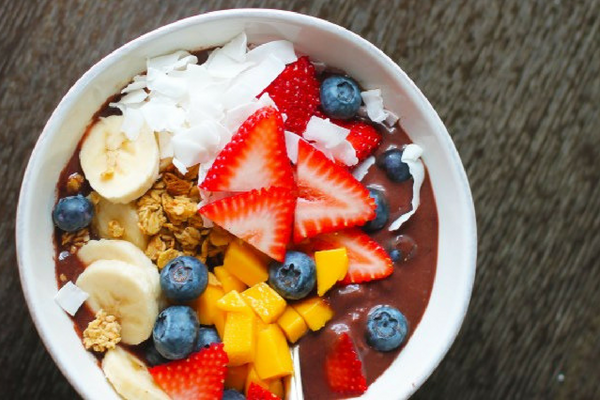 When I was about 5 years old I had a favorite snack. I used to prepare saltine crackers and spread mayonnaise on them. Sounds pretty gross, right? For whatever reason I thought they were so delicious.
When I was about 5 years old I had a favorite snack. I used to prepare saltine crackers and spread mayonnaise on them. Sounds pretty gross, right? For whatever reason I thought they were so delicious.
I asked my family and friends to share their strange but ever-so-tasty snack recipes from their childhood. They did not disappoint. Here are some of their answers:
1. Ketchup – Just ketchup nothing else, freshly squeezed on a plate and viola!
2. Slice of Bread with Ketchup – A step of from ketchup a la carte for the more sophisticated child
3. Honey as a Condiment – Goes great with everything, chicken, beef, green beans, nothing should escape a drizzle!
4. Deviled Ham Sandwiches – They make the list because I had never heard of deviled ham until now.
5. Butter and Sugar Sandwiches – It’s sweet and it’s salty!
Why Do Things Taste Different Now?
Have you ever eaten something that you clearly remember you loved as a child only to be disappointed by its mediocre taste now? Who didn’t love Otter Pops as a kid? Alexander the Grape, Sir Isaac Lime, and Poncho Punch were always eaten first at my house. I tried one recently and they just didn’t pack the same flavor I remember.
What are Tastebuds?
Why is this the case? Are our childhood tastebuds that different from our adult taste buds? What are tastebuds anyway? Taste buds are sensory organs that are found on your tongue and allow you to experience taste.
These six unique tastes include:
Sweet: fruit, desserts and other carbohydrate-rich foods
Salty: sodium chloride
Sour: lemon, tart cherries
Bitter: dark leafy greens, grapefruit, eggplant, swedish bitters (an herbal tonic)
Umami: savory foods such as meats, bone broth, tomatoes, seaweed, and one to avoid – MSG
Fat: This is the most recently discovered taste that scientists claim humans can uniquely distinguish.
Variation in a taste receptor gene influences taste sensitivity of children and adults, accounting for individual differences in taste preferences and food selection. (from a team of researchers from the Monell Chemical Senses Center, https://www.sciencedaily.com/releases/2005/02/050211084620.htm) In addition to genes, age and culture also contribute to taste preferences, at times overriding the influence of genetics. It seems that some children may have an elevated bitter detection in their taste buds explaining their lack of willingness to eat vegetables.
If your child is a picky eater no need to stress, their taste buds will change over time and their pallet will expand. I grew out of my saltine crackers and mayonnaise, thankfully. I like to think that I have a matured pallet to include many tastes and textures. There really isn’t much that I won’t at least try.
At the end of the day we all do our best to eat the most nutritious, favorable and healthy foods we can. The occasional candy bar will not be the end of the world. Balance is key.

















